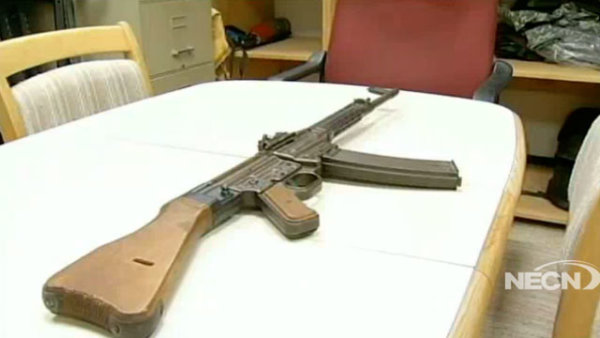From The Urban Daily.com:
Is RG3 Distancing Himself From Black People?
ESPN’s Rob Parker has ignited a serious discussion of the changing views of race when he called Washington redskins quarterback Robert Griffin III a “cornball brother.”
Parker, who is the host of ESPN’s “First Take,” called RGIII out because he feels the football star is “distancing himself from his black people.” Rob Parker’s rant came after Robert Griffin III said being African-American doesn’t define him as a person. What added fuel to Parker’s fire is Griffin having a white fiancée and being a Republican.
Golly, that's the race traitor trifecta! I'll bet ESPN will never again refer to Mr. Griffin as an "athletic quarterback". He's so obviously white he must hereafter be called "cerebral" and a "gym rat" with a "high motor".
“I am an African-American in America. That will never change. But I don’t have to be defined by that…We always try to find similarities in life, no matter what it is so they’re going to try to put you in a box with other African-American quarterbacks – Vick, Newton, Randall Cunningham, Warren Moon…That’s the goal. Just to go out and not try to prove anybody wrong but just let your talents speak for themselves.”I may be getting old, kiddies, but that sounds like MLK Jr. to me.
The “First Take” host responded to the USA Today article with a pointed question:
“It makes me wonder deeper about him. I’ve talked to some people in Washington D.C. My question, which is just a straight, honest question, is he a brother or is he a cornball brother”


































